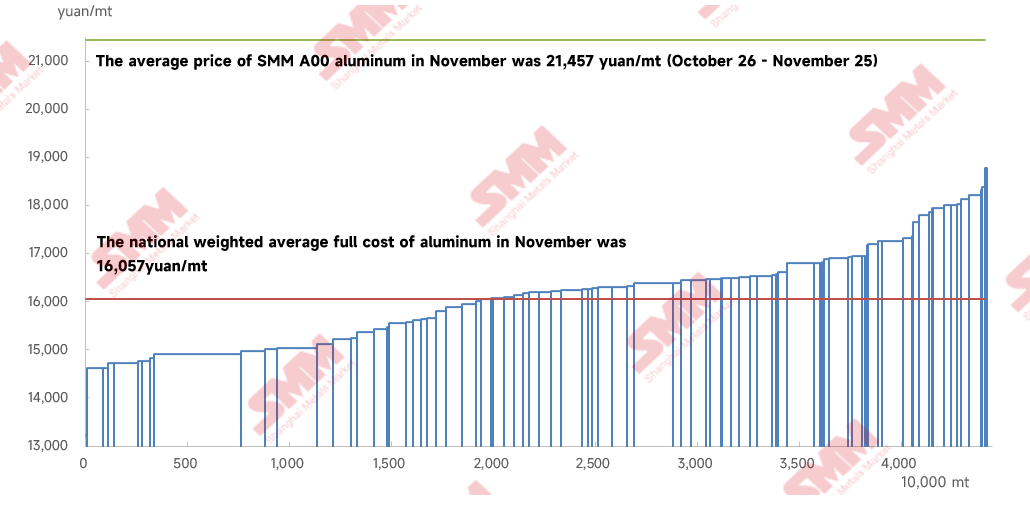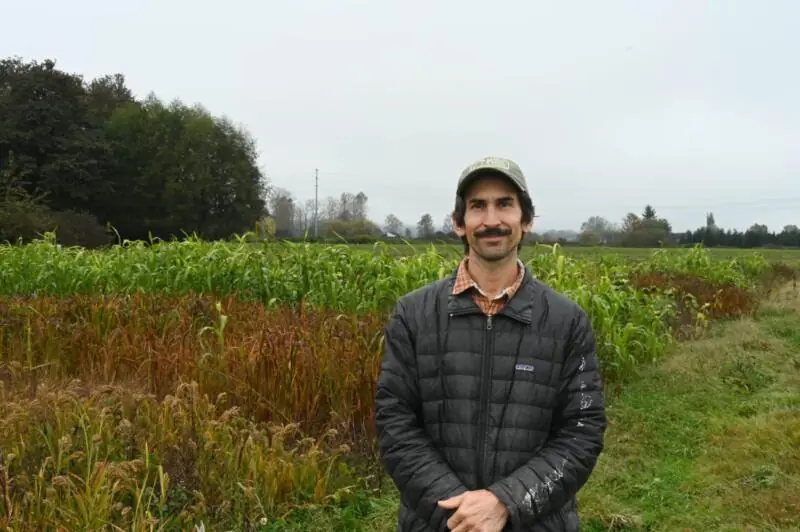The World’s First Climate Tipping Point Has Been Crossed, Scientists Say – Time Magazine

Report on Global Climate Tipping Points and Implications for Sustainable Development Goals
A recent report from the University of Exeter, titled the second “Global Tipping Points” report, indicates that Earth has surpassed its first climate tipping point. This development presents a significant challenge to the achievement of the United Nations Sustainable Development Goals (SDGs), particularly those related to climate, biodiversity, and human well-being.
Breaching the First Tipping Point: Coral Reefs and SDG 14 (Life Below Water)
The report, compiled by 160 scientists, confirms that warm-water coral reef ecosystems are passing a critical tipping point. This directly threatens the targets of SDG 14, which aims to conserve and sustainably use marine resources.
- Primary Drivers: The collapse is driven by a combination of rising ocean temperatures, ocean acidification, pollution, and overfishing.
- Observed Impact: An estimated 80% of coral reefs have already experienced unprecedented heat waves, leading to mass bleaching events and mortality.
- Consequences for SDGs: The degradation of coral reefs undermines several SDGs.
- SDG 14 (Life Below Water): The loss of reef ecosystems represents a catastrophic failure in marine conservation.
- SDG 1 (No Poverty) & SDG 2 (Zero Hunger): The collapse of fisheries that depend on reefs threatens food security and livelihoods for millions.
- SDG 11 (Sustainable Cities and Communities): The loss of natural coastal protection from storm surges increases the vulnerability of coastal populations.
The 1.5°C Threshold and its Threat to SDG 13 (Climate Action)
The planet is projected to exceed 1.5°C of global warming above pre-industrial levels within the next five years. Crossing this threshold places the world in a danger zone for triggering further irreversible tipping points, fundamentally compromising SDG 13 (Climate Action).
Imminent Risks to Terrestrial and Oceanic Systems
The report highlights several other systems approaching critical thresholds, with severe implications for multiple SDGs.
- Amazon Rainforest: The temperature threshold for widespread dieback is now estimated to be as low as 1.5°C. Its collapse would severely impact SDG 15 (Life on Land) by transforming a vital carbon sink into a savannah, and it would disrupt the livelihoods of over one hundred million people who depend on it.
- Atlantic Meridional Overturning Circulation (AMOC): This system of ocean currents is at risk of collapse with warming below 2°C. Such an event would trigger cascading effects, undermining progress on:
- SDG 2 (Zero Hunger): A collapse would decrease agricultural yields globally.
- SDG 6 (Clean Water and Sanitation): It would disrupt West African and Indian monsoons, affecting water availability for billions.
- SDG 13 (Climate Action): It would cause harsher winters in Europe, altering regional climates significantly.
Urgent Call for Action and Positive Tipping Points for Sustainable Development
While the report outlines severe risks, it also notes the emergence of “positive tipping points” where the adoption of sustainable technologies becomes self-perpetuating. Accelerating these trends is essential for meeting global climate targets and the broader SDG agenda.
- Renewable Energy: The increasing affordability and adoption of solar panels directly support SDG 7 (Affordable and Clean Energy) and SDG 13 (Climate Action).
- Sustainable Transport: The growing market for electric vehicles contributes to SDG 11 (Sustainable Cities and Communities) and SDG 13.
The report concludes that without an accelerated transition towards these solutions, the risk of crossing further negative tipping points will increase, making the achievement of the Sustainable Development Goals unattainable.
Analysis of Sustainable Development Goals in the Article
1. Which SDGs are addressed or connected to the issues highlighted in the article?
- SDG 13: Climate Action: The entire article is centered on climate change, its tipping points, and the urgent need for action to limit global warming.
- SDG 14: Life Below Water: The article explicitly discusses the severe impact of climate change on marine ecosystems, with a primary focus on the bleaching and mortality of warm-water coral reefs due to rising ocean temperatures and acidification.
- SDG 15: Life on Land: The text highlights the threat to terrestrial ecosystems, specifically mentioning the potential for the Amazon rainforest to transform from a carbon-storing forest into a dry savannah.
- SDG 2: Zero Hunger: The article connects climate tipping points to direct threats to global food security, mentioning “strains on food production” and decreased “agricultural yields” as likely consequences.
- SDG 7: Affordable and Clean Energy: The article points to positive developments in the adoption of green technologies like solar panels, which are crucial for mitigating climate change.
2. What specific targets under those SDGs can be identified based on the article’s content?
-
SDG 13: Climate Action
- Target 13.2: Integrate climate change measures into national policies, strategies and planning. The article’s conclusion, which emphasizes that “more progress to be made” and the need to “accelerate” solutions, implicitly calls for the integration of climate action into all forms of planning to avoid crossing further tipping points.
-
SDG 14: Life Below Water
- Target 14.2: By 2020, sustainably manage and protect marine and coastal ecosystems to avoid significant adverse impacts… and take action for their restoration. The article’s central finding that warm-water coral reefs are passing their tipping point due to “coral bleaching and mortality” directly relates to the failure to protect these vital ecosystems.
- Target 14.3: Minimize and address the impacts of ocean acidification. The article explicitly lists “acidification” as one of the key pressures combining to destroy coral reefs.
-
SDG 15: Life on Land
- Target 15.2: By 2020, promote the implementation of sustainable management of all types of forests, halt deforestation, restore degraded forests… The article warns that the “widespread dieback of the Amazon rain forest” is a critical tipping point and mentions the need for “targeted investments in conservation and restoration” to preserve it.
-
SDG 2: Zero Hunger
- Target 2.4: By 2030, ensure sustainable food production systems and implement resilient agricultural practices that increase productivity and production… and strengthen capacity for adaptation to climate change… The article warns that crossing tipping points will lead to “strains on food production” and a “decrease agricultural yields in much of the world,” highlighting the need for resilient food systems.
-
SDG 7: Affordable and Clean Energy
- Target 7.2: By 2030, increase substantially the share of renewable energy in the global energy mix. The article mentions “positive tipping points” driven by the wider adoption of “green alternatives like electric vehicles and solar panels,” which directly supports this target.
3. Are there any indicators mentioned or implied in the article that can be used to measure progress towards the identified targets?
-
SDG 13: Climate Action
- Indicator: Global temperature increase. The article repeatedly uses the global warming level, such as “1.5°C of global warming above the prior industrial level,” as the primary metric for assessing the risk of crossing climate tipping points.
-
SDG 14: Life Below Water
- Indicator: Coral reef health. The article provides a specific data point: “80% of coral reefs experience unprecedented heat waves, bleaching events, and die back.” This percentage serves as a direct indicator of the status of marine ecosystems under Target 14.2.
- Indicator: Ocean acidity. The mention of “acidification” as a driver of coral loss implies that measuring marine acidity (pH levels) is a key indicator for Target 14.3.
-
SDG 15: Life on Land
- Indicator: Forest ecosystem stability. While not a quantitative figure, the article uses the “widespread dieback of the Amazon rain forest” as a critical qualitative indicator for the health and resilience of terrestrial ecosystems under Target 15.2.
-
SDG 7: Affordable and Clean Energy
- Indicator: Share of renewable energy technologies. The article implies progress can be measured by the rate at which “green alternatives like electric vehicles and solar panels become more widely adopted—and affordable,” which relates to Indicator 7.2.1 (Renewable energy share in the total final energy consumption).
4. Create a table with three columns titled ‘SDGs, Targets and Indicators” to present the findings from analyzing the article.
| SDGs | Targets | Indicators |
|---|---|---|
| SDG 13: Climate Action | 13.2: Integrate climate change measures into national policies, strategies and planning. | Global temperature increase above pre-industrial levels (e.g., the “1.5°C threshold”). |
| SDG 14: Life Below Water | 14.2: Sustainably manage and protect marine and coastal ecosystems. 14.3: Minimize and address the impacts of ocean acidification. |
Percentage of coral reefs experiencing bleaching and die-back (e.g., “80% of coral reefs”). Level of ocean acidification. |
| SDG 15: Life on Land | 15.2: Promote the implementation of sustainable management of all types of forests, halt deforestation, and restore degraded forests. | The state of major forest ecosystems, such as the risk of “widespread dieback of the Amazon rain forest.” |
| SDG 2: Zero Hunger | 2.4: Ensure sustainable food production systems and implement resilient agricultural practices. | Impacts on food security, such as “strains on food production” and “decrease agricultural yields.” |
| SDG 7: Affordable and Clean Energy | 7.2: Increase substantially the share of renewable energy in the global energy mix. | Rate of adoption of “green alternatives like electric vehicles and solar panels.” |
Source: time.com

What is Your Reaction?
 Like
0
Like
0
 Dislike
0
Dislike
0
 Love
0
Love
0
 Funny
0
Funny
0
 Angry
0
Angry
0
 Sad
0
Sad
0
 Wow
0
Wow
0















































/environment-climate-change-and-health-(ech)/water-sanitation-hygiene-and-health-(wsh)/landfill-tuvalu-36092.tmb-1200v.jpg?sfvrsn=5c21fe40_1#)


.jpg.webp?itok=0ZsAnae9#)

























